Table of Contents
- Introduction
- Ghana Cocoa & Agroforestry Trivia
- Challenges in Sustainable Cocoa Production
- 7 Powerful Solutions for Sustainable Cocoa Production in Ghana
- Featured Videos: Sustainable Agriculture & Cocoa
- Comparison Table: Sustainable Cocoa Solutions vs Conventional Practices
- How Farmonaut Empowers Sustainable Cocoa Production
- Ghana Cocoa & Agroforestry Trivia (continued)
- Frequently Asked Questions
- Conclusion
Sustainable Cocoa Production: 7 Powerful Solutions in Ghana
“In Ghana, over 800,000 farmers depend on cocoa, making sustainability vital for livelihoods and biodiversity.”
Cocoa, the cherished ingredient behind global chocolate delights, is predominantly cultivated in tropical regions such as West Africa—with Ghana at the forefront—alongside Southeast Asia, Central, and South America. With increasing global demand for chocolate, the future of sustainable cocoa production stands at a crossroads. Balancing the economic needs of farmers, environmental conservation, and social responsibility is more urgent than ever to protect the delicate ecosystems supporting cocoa and those who depend on it.
As one of the leading cocoa-producing countries, Ghana faces unique challenges: deforestation from cocoa cultivation, the impact of climate change on cocoa, threats from pests and diseases, the burden of child labor in cocoa industry, and fluctuating farmer incomes. Recognizing these challenges, a range of innovative and practical solutions—from agroforestry and climate-resilient varieties to organic cocoa farming methods—are being implemented to secure the future of both cocoa and Ghanaian communities.
Sustainable Cocoa Production: Challenges in Ghana’s Cocoa Heartland
Sustainable cocoa production is built on cocoa farming practices that boost yields and income, while conserving forests, biodiversity, and soil health. In Ghana, addressing the following primary challenges is essential for ensuring the resilience of cocoa farming and the well-being of rural communities.
1. Deforestation from Cocoa Cultivation & Biodiversity Loss
As Ghana’s cocoa sector grows, the expansion of plantations has become a significant driver of deforestation. More than 80% of Côte d’Ivoire’s forests disappeared between 1960 and 2010, with Ghana facing a similar trend. This forest loss threatens native tree species, reduces biodiversity, and contributes to climate change by increasing carbon emissions.
- Biodiversity Loss: Shrinking forests endanger rare plants and wildlife, destabilizing local ecosystems.
- Soil Degradation: Fewer trees mean poorer soil health, lower nutrients, and increased erosion.
2. Climate Change Impact on Cocoa
Cocoa trees are sensitive to climate variations, making Ghana’s farms vulnerable to extreme temperatures, shifting rainfall patterns, and prolonged dry seasons. These unpredictable conditions lower yields and reduce bean quality, making sustainable cocoa production more challenging.
- Yield Drops: Unseasonal rains, droughts, and increased temperature extremes all depress output.
- Pest Proliferation: Warmer, wetter conditions fuel outbreaks of cocoa pests and diseases.
3. Poverty and Child Labor in Cocoa Industry
Many cocoa farmers in Ghana face poverty, often earning less than $1 per day. This economic strain sometimes leads to the use of child labor, with children taking on hazardous tasks that threaten their health, education, and future prospects.
- Cycle of Poverty: Limited income discourages investment in sustainable tools or education.
- Hazardous Labor: Over 1.6 million children in Côte d’Ivoire and Ghana work on cocoa farms—many exposed to dangerous work and toxic inputs.
4. Cocoa Pests and Diseases
Outbreaks of cocoa pests and diseases—including cacao swollen shoot virus and capsid bugs—hamper farmer productivity. For example, cocoa swollen shoot virus can slash yields by 25% in a single year, with cascading economic and environmental impacts.
- Disease Spread: Diseases propagate quickly through monoculture systems and degraded agro-ecosystems.
- Economic Loss: Lost crops and expensive chemical controls undermine profit and sustainability.
5. Unsustainable Farming & Environmental Harm
The overuse of synthetic fertilizers and pesticides in search of quick profit can degrade soil, pollute water, and threaten the long-term health of farms and communities. Organic cocoa farming methods and sustainable techniques remain under-utilized in many parts of Ghana.
6. Economic & Market Instability
Fluctuating prices, unfair trade, and lack of access to financial resources keep farmers in a cycle of vulnerability, undermining efforts to improve cocoa farmer livelihoods and invest in sustainable practices.
7. Traceability & Transparency
Without robust traceability, it’s hard to guarantee sustainable sourcing, fair labor, or environmental stewardship. Consumers and businesses increasingly demand transparency linked to responsible cocoa.
7 Powerful Solutions for Sustainable Cocoa Production in Ghana
In response to these complex challenges—especially deforestation from cocoa cultivation, climate change impact, and persistent poverty—stakeholders in Ghana are adopting an integrated suite of seven proven, impactful practices:
1. Agroforestry and Cocoa: Nature-Based Farming Systems
Adopting agroforestry systems—the integration of cocoa trees with native shade trees, fruit crops, and timber species—offers a host of benefits for both people and the planet:
- Soil Health: Leaf litter from diverse trees enriches soils with organic matter, reducing erosion and runoff.
- Biodiversity: Multi-layered habitats support birds, pollinators, and beneficial insects, boosting biodiversity.
- Climate Resilience: Shade buffers cocoa from extreme temperatures and water stress, producing more stable yields.
- Reforestation: Ghana’s Cocoa Forest REDD+ Programme incentivizes replanting of forests within farming landscapes.
- Livelihood Diversification: Additional crops (e.g., plantains, timber) bring extra income, reducing vulnerability.
2. Developing Climate-Resilient Cocoa Varieties
With climate change intensifying extreme weather, developing cocoa varieties that are drought-tolerant, disease-resistant, and well-suited to local conditions is crucial. Ongoing breeding programs have introduced Ghanaian cocoa that stands up to cacao swollen shoot virus and water stress, helping farmers maintain productivity despite climate shocks.
3. Sustainable & Organic Cocoa Farming Methods
Transitioning to organic cocoa farming methods—such as cover cropping, composting, and natural pest control—improves long-term soil health and farm profitability. Farmer training programs now emphasize integrated pest management, judicious use of inputs, and efficient water conservation techniques, reducing reliance on agrochemicals harmful to both people and the environment.
- Cover Cropping: Reduces weeds, improves moisture retention, and suppresses pests.
- Composting: Provides accessible organic nutrients for healthy cocoa growth.
- Water Conservation: Rainwater harvesting and mulching maximize value of each drop.
4. Economic Incentives & Fair Trade Cocoa Practices
By adopting fair trade and sustainability certifications (e.g., Fairtrade, Rainforest Alliance), cocoa producers in Ghana gain access to premium markets, higher and more reliable income, and support in implementing sustainable practices. These initiatives directly reward improved stewardship and social responsibility.
- Fair Compensation: Higher prices and bonuses for meeting sustainability criteria.
- Training: Programs supporting adoption of sustainable methods, access to finance, and community resilience.
5. Reducing & Managing Pesticides in Cocoa
Pesticide reduction is core to both human and environmental health in cocoa landscapes. Cocoa farming practices increasingly emphasize integrated pest management, biopesticides, and cultural practices that reduce outbreaks—including regular pod sanitation, tree pruning, and the preservation of pest predators within agroforestry systems.
- Healthier Communities: Limiting highly toxic pesticides protects farmers and children from harmful exposure.
- Cleaner Ecosystems: Natural enemies and biodiversity thrive when chemical loads drop.
6. Eradicating Child Labor in Cocoa Industry
Eliminating child labor in cocoa industry is an ethical and practical imperative. International protocols (such as the Harkin–Engel Protocol) and strict enforcement of labor laws, combined with community awareness, ensure children remain in school, breaking the cycle of poverty and enabling the adoption of higher-value practices.
- Strict Enforcement: Monitoring, reporting, and community-led initiatives cut child exploitation.
- Support Systems: Access to adult labor, cooperatives, and financial safety nets.
7. Leveraging Traceability & Tech for Transparency
Traceability—powered by digital platforms and blockchain—helps prove provenance, monitor sustainable cocoa production, and reward responsible producers. End-to-end transparency supports ethical sourcing, fair trade, and ongoing environmental conservation by letting businesses and consumers trace each cocoa batch back to the farm.
For supply chain transparency and verifiable sustainability, traceability tools like those provided by Farmonaut can be transformative. Explore blockchain-based product traceability for cocoa here.
Featured Videos: Climate, Agroforestry, & Regenerative Farming Approaches in Cocoa
Related Farmonaut Technology Solutions
- Advanced Large-scale Farm Management:
Farmonaut’s Agro Admin App empowers agribusinesses to monitor, analyze, and optimize extensive cocoa plantations with satellite data and AI-powered maps. - Carbon Footprinting & Sustainability Tracking:
Farmonaut’s Carbon Footprinting tools allow cocoa farms to quantify and reduce emissions, a key asset for climate action, reforestation projects, and reporting compliance. - Crop Loan & Insurance:
Farmonaut’s satellite-based verification for crop loans and insurance gives farmers in Ghana and worldwide easier access to vital financial products while reducing the risk of fraud for banks and insurers. - Crop Plantation & Forest Advisory:
Our crop plantation advisory platform delivers location-specific guidance on cocoa, reforestation, and mixed agroforested systems. - Fleet & Resource Management:
Farmonaut’s fleet management module helps cocoa agribusinesses in Ghana plan logistics and reduce costs.
“Agroforestry can increase cocoa yields by up to 30% while preserving native tree species in Ghana.”
Comparison Table: Sustainable Cocoa Solutions vs. Conventional Practices in Ghana
| Solution / Practice | Description | Estimated Impact on Yield (%) | Estimated Reduction in Carbon Emissions (%) | Effect on Farmer Income (%) | Biodiversity Benefit |
|---|---|---|---|---|---|
| Agroforestry & Cocoa | Integrating cocoa with native trees for shade & soil health | +20–30% | Up to 40% reduction | +15–25% | High |
| Conventional Monoculture | Single-species cocoa farms, minimal shade & diversity | Baseline / static | No reduction | Low / stagnant | Low |
| Climate-Resilient Cocoa Varieties | Disease-tolerant, drought-resistant hybrids | +15–20% | 10–20% reduction | +10–20% | Medium |
| Traditional Varieties | Local, non-improved, climate-vulnerable cultivars | Variable / falling | No reduction | Stagnant / negative | Medium–Low |
| Organic Cocoa Farming Methods | Composting, cover crops, non-chemical pest control | +10–18% | 15–30% reduction | +12–22% | High |
| Unsustainable Practices | Heavy fertilizer & pesticide, inadequate soil care | Short-term gains only | Increased emissions | Often negative long-term | Low |
| Fair Trade & Certification | Certified, traceable, ethically sourced cocoa | +10–15% | 15–25% reduction | +20–28% | Medium–High |
| Uncertified/Non-traceable Value Chains | Non-certified, opaque supply chains | Variable | No reduction | No added benefit | Low |
| Pesticide Reduction & Integrated Pest Management | Less toxic inputs, cultural control, biodiversity allies | +6–12% | 10–15% reduction | +7–15% | Medium–High |
| Conventional Chemical-Only Pest Control | Dependency on synthetic chemicals | Marginal | No reduction; often harmful | Low / stagnant | Low |
These figures represent estimated, data-driven impacts sourced from current sustainability research in Ghana and West Africa’s cocoa sector. They highlight the mutual benefits of adopting sustainable cocoa production for climate, farmer income, and biodiversity.
How Farmonaut Empowers Sustainable Cocoa Production in Ghana
As a pioneering agricultural technology company, we at Farmonaut provide precision, affordability, and scalability to boost sustainable cocoa production for Ghana’s farmers and agribusinesses.
- Satellite Crop Health Monitoring: Our real-time NDVI, soil moisture, and disease/pest mapping alert farmers and organizations to stresses long before visible symptoms, supporting quick and efficient action to protect yields and the environment.
- Jeevn AI Advisory: Our AI-powered platform instantly processes weather and crop data to recommend agroforestry systems, pest control methods, and water management approaches tailored for each cocoa field.
- Blockchain Traceability: Farmonaut’s blockchain-based verification ensures transparent and tamper-proof supply chains, enabling responsible cocoa sourcing and rewarding sustainable producers.
- Carbon Footprinting: We provide carbon emission analytics, allowing farmers and businesses to set, track, and achieve sustainability goals and climate compliance.
Explore this service: Farmonaut Carbon Footprinting - Resource, Fleet, & Plantation Management: Our tools optimize farm operations, logistics, and input use, making sustainable methods attractive and practical, even on large cocoa estates.
Discover fleet management here: Fleet Management for Cocoa Agribusiness - Affordable, Flexible Access: With subscription-based, modular pricing, we deliver the latest agri-tech affordably to everyone—from independent Ghanaian cocoa farmers to global corporations.
Whether you manage a family farm or a nationwide cocoa program, our solutions support informed decision-making, yield improvement, and a low-carbon, high-transparency cocoa future for Ghana—without adding complexity or prohibitive cost.
Learn More: Carbon Footprinting for Cocoa Farms
Frequently Asked Questions (FAQ) on Sustainable Cocoa Production in Ghana
What makes cocoa production “sustainable” in Ghana?
Sustainable cocoa production in Ghana incorporates economic, environmental, and social best practices: protecting forests, reducing emissions, maintaining soil health, supporting farmer incomes, eradicating child labor, and ensuring traceability and transparency throughout the value chain.
How does climate change impact cocoa farming in Ghana?
Climate change exposes cocoa in Ghana to hotter temperatures, irregular rainfall, and longer dry periods. This affects flowering, pod set, and yield—making drought-resistant varieties and shade trees essential for adaptation.
Why is agroforestry important for Ghanaian cocoa?
Agroforestry intersperses cocoa with native trees, which provides shade, stabilizes microclimates, improves soil, and preserves valuable biodiversity. This makes farms more resilient to climate change, improves yield, and supports rural livelihoods.
What role does traceability play in sustainable cocoa?
Traceability tools, especially digital and blockchain systems, ensure transparency in sourcing, incentivize best practices, and help manufacturers comply with sustainability and ethical trade standards.
How can I access tools to monitor my cocoa farm’s sustainability or carbon emissions?
Tools like Farmonaut’s carbon footprinting and monitoring platform provide simple, on-demand tracking of emissions, inputs, yields, and other sustainability metrics via mobile or web app.
What steps are being taken to eliminate child labor in cocoa farms in Ghana?
National regulations, industry protocols (e.g., the Harkin–Engel Protocol), dedicated monitoring, as well as community and educational support, are collectively working to eradicate child labor from cocoa farming.
Conclusion: Building a Sustainable Future for Cocoa in Ghana
Sustainable cocoa production is not just a moral or environmental responsibility—it’s foundational for the long-term economic security and resilience of farmers, the preservation of Ghana’s priceless forests, and the future viability of chocolate globally.
By prioritizing agroforestry and cocoa systems, developing robust climate-resilient cocoa varieties, investing in organic cocoa farming methods, and ensuring ethical labor and fair trade, Ghana can lead the world toward a more inclusive, ethical, and eco-friendly chocolate industry.
- Adopt and promote shade, biodiversity, and healthy soil with well-planned agroforestry systems.
- Integrate climate-smart, resilient, and high-yielding cocoa varieties and sustainable input use.
- Empower farmers with real-time data, transparent supply chains, and carbon monitoring—now accessible thanks to Farmonaut’s affordable precision agri-tech (available via web, Android, and iOS app).
Sustaining Ghana’s cocoa legacy requires the combined effort of farmers, businesses, and consumers—every choice in the value chain shapes forests, communities, and the global market. With proven solutions and actionable strategies outlined here, the path to sustainability is clear and achievable.
Start optimizing, sustaining, and transforming your cocoa farm or cocoa business today!








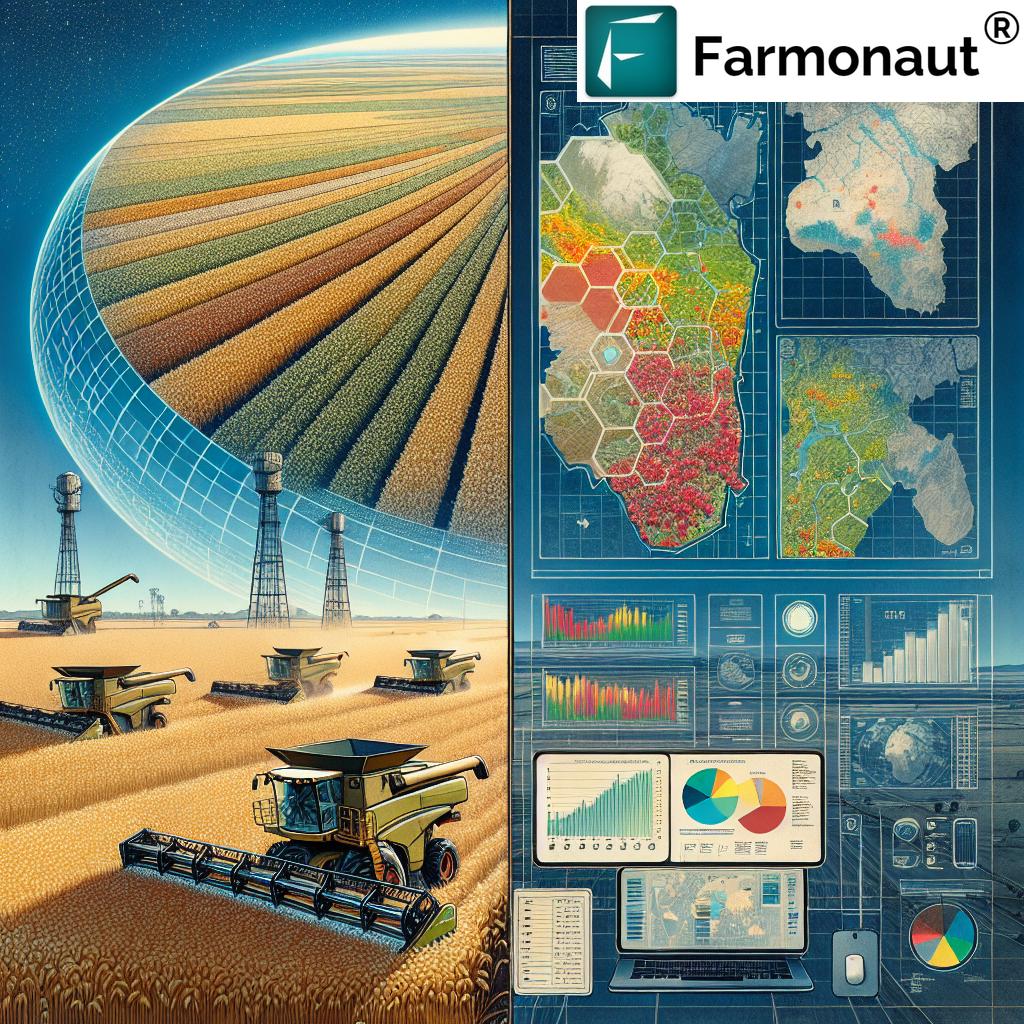
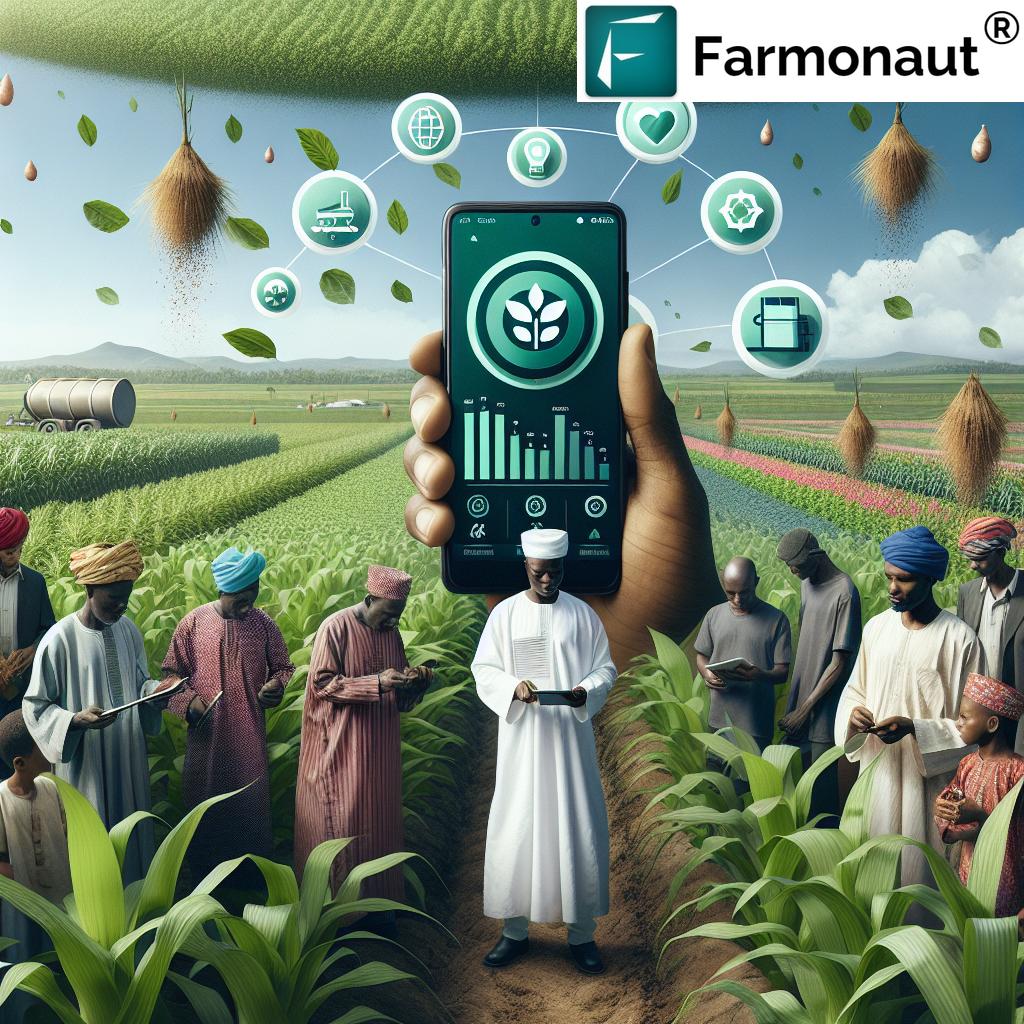
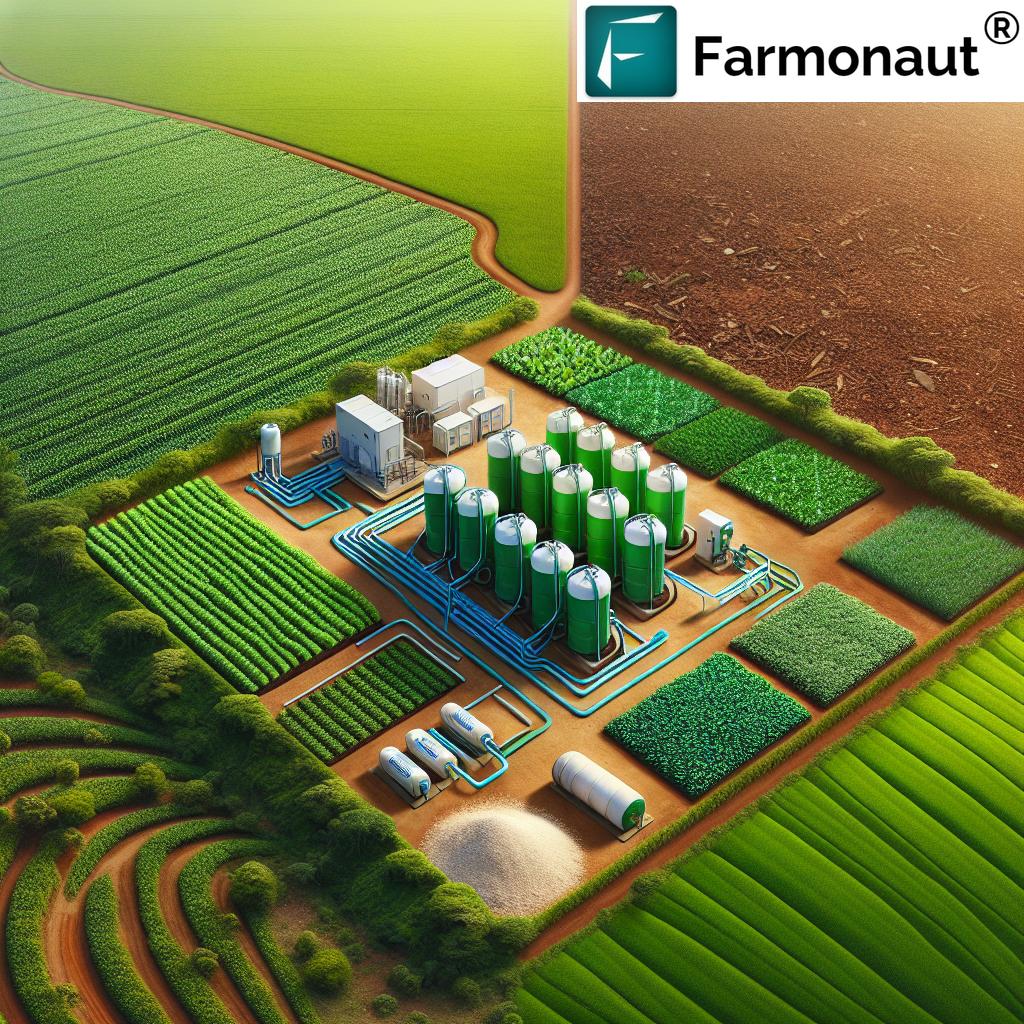
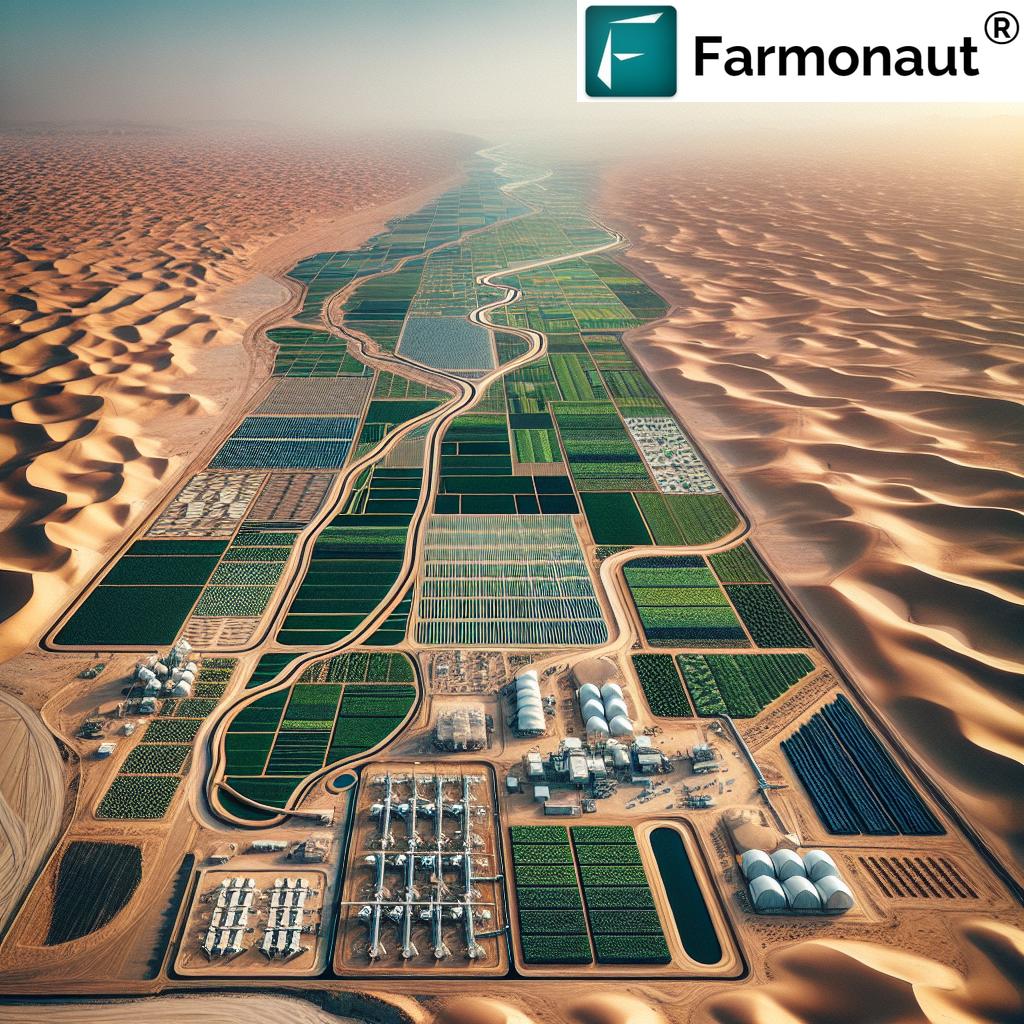
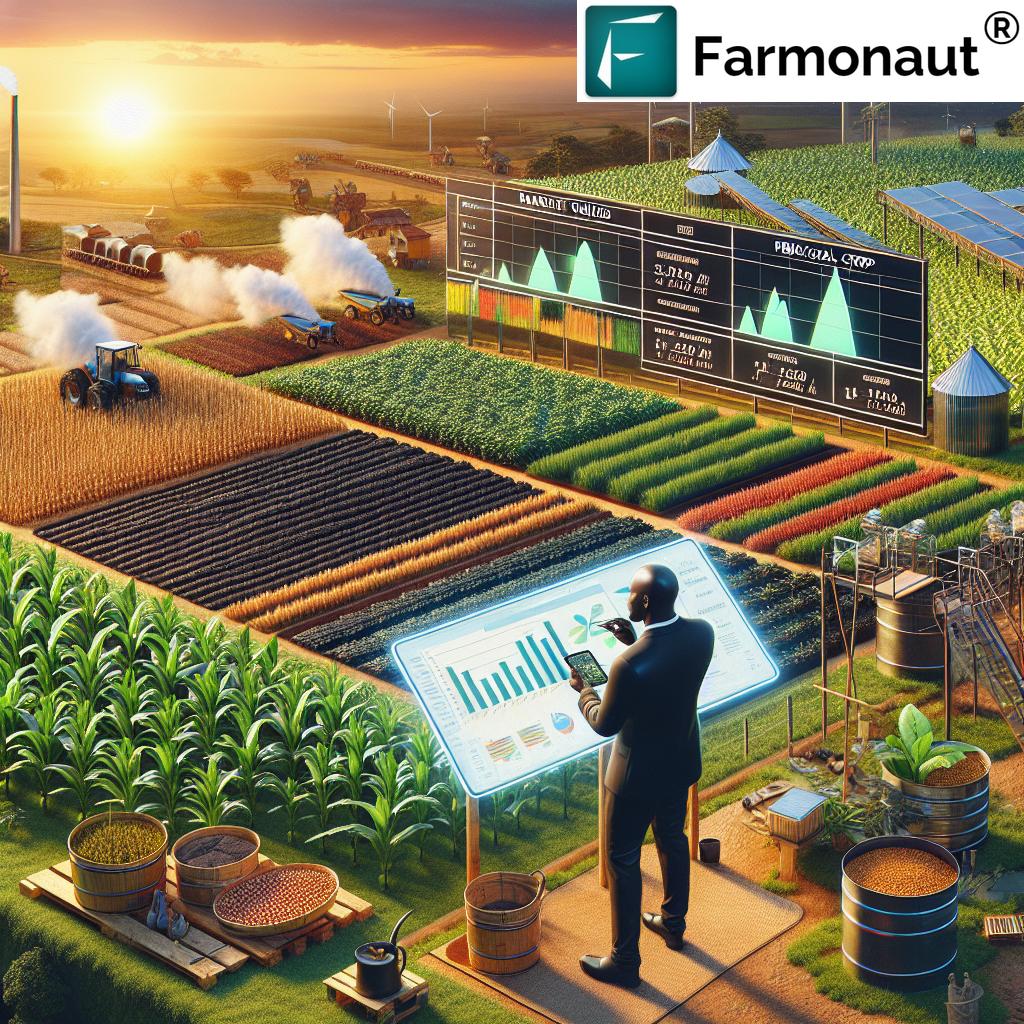

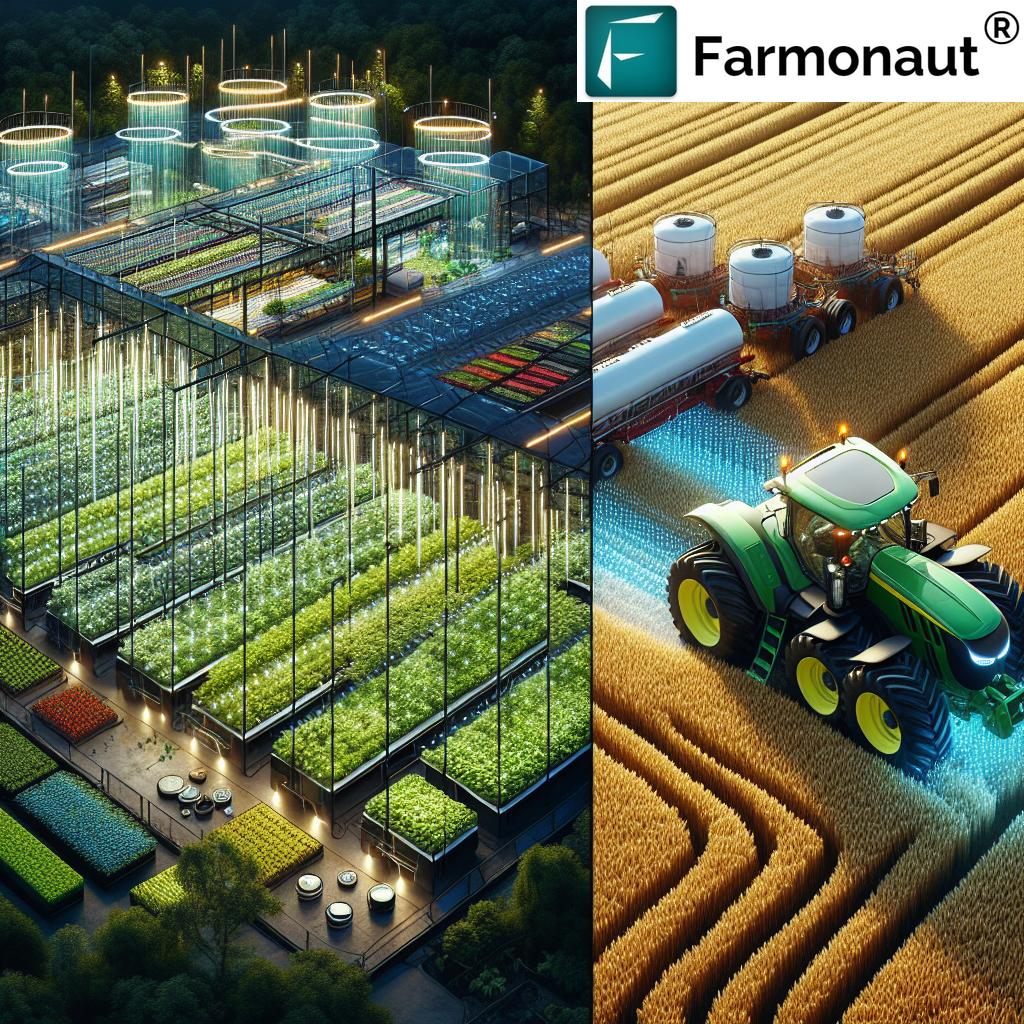

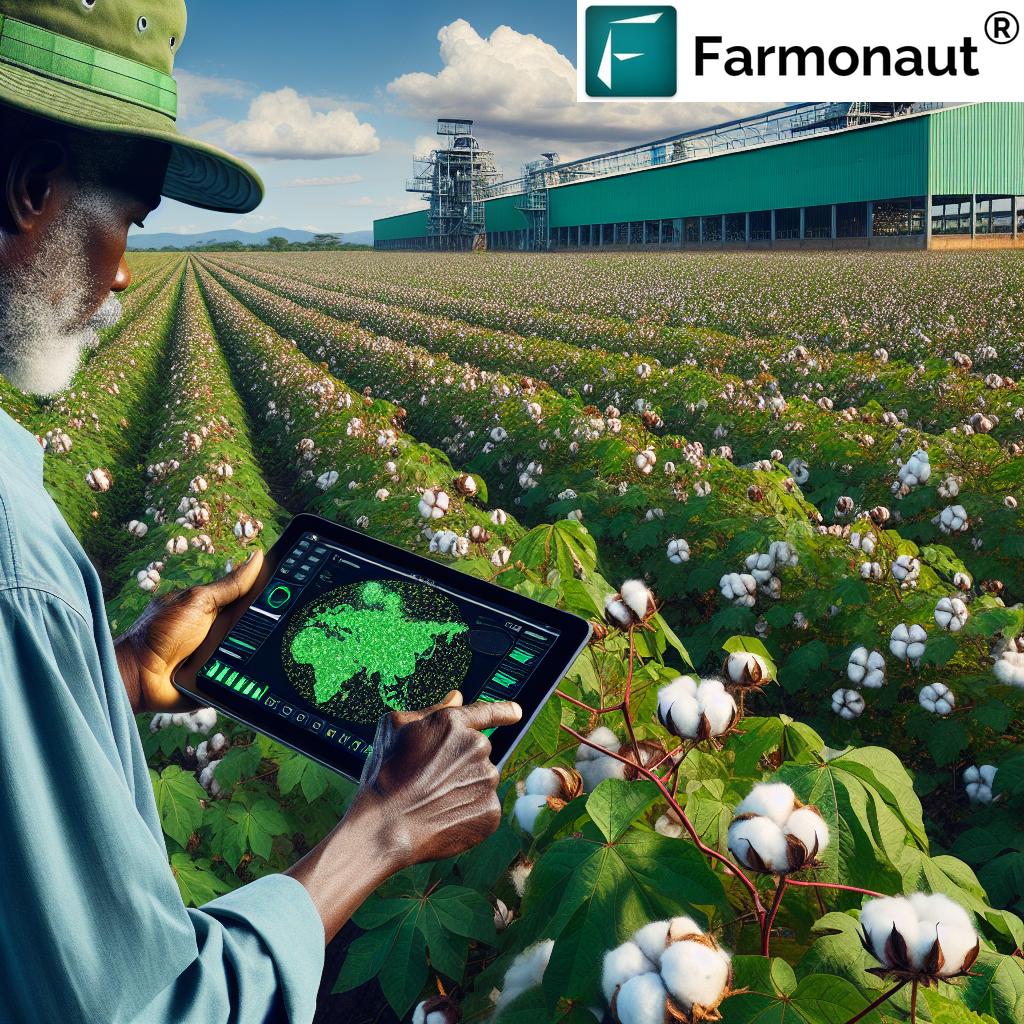

When did the events or developments in Sustainable Cocoa Production: 7 Powerful Solutions In Ghana take place? Is there a timeline available?